Our Approach
Our 10-year plan offers early access to alternative housing solutions and lifelong support for residents with developmental disorders like autism and Down syndrome. It's crucial for caregivers and families seeking stability for their loved ones.
Universal Design principles allow homes to support the needs and lifestyle of any resident at any age, enabling them to age in place with comfort and ease.

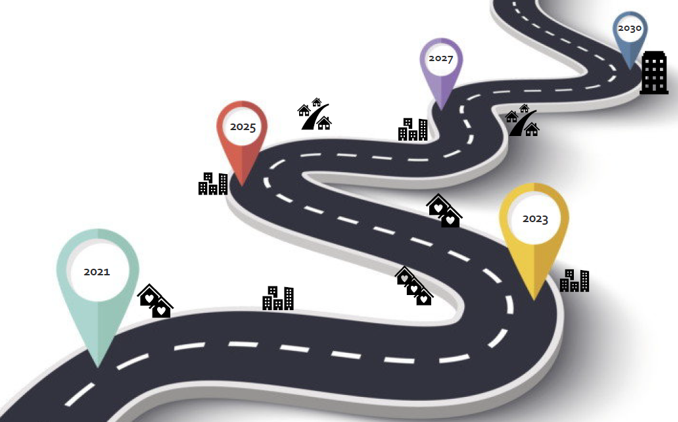
Our Roadmap
- Phase 1: Coliving
- Phase 2: Cohousing
- Phase 3: Aging in Place
Phase 1: Coliving
Housing Plan
An intentional community that provides shared single-family housing for people with similar values or intentions. Each resident has their own bedroom with shared communal space.
- 4+ bedrooms
- 2.5+ bathrooms
- Large community areas
- Cognitive assists
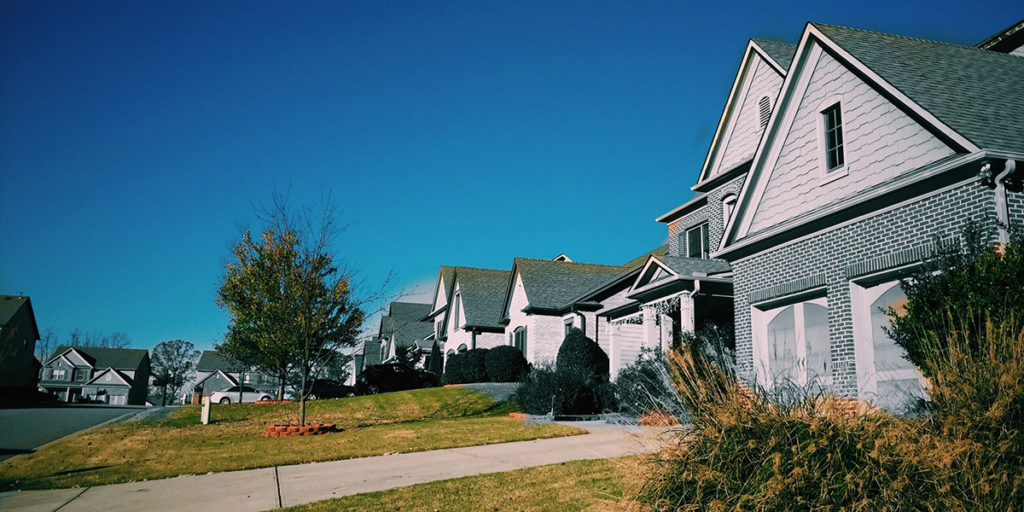

Program Elements
- Weekly community meals, where all residents plan, cook, eat one shared dinner.
- Weekly house meetings to discuss any issues or upcoming activities.
- Monthly events & programs focused on educational & vocational topics, community building.
- House rules will be determined and governed by the residents.
Resident Profile
The ratio of neurodiverse to neurotypical residents in any single-family property will be based on the number of bedrooms in each property. A four (4) bedroom residence will have a 3:1 ratio while a five (5) bedroom residence will have a 3:2 ratio.
The neurotypical resident will function as the ‘residence advisor’ who will:
- facilitate the scheduled house meetings.
- act and function as peer mentors.
- promote an inclusive and independent environment.
The neurodiverse resident will fall under the first three levels of support as described in A Place in the World report, coauthored by The Autism Housing Network and First Place AZ, which in part describes common language and definitions:
1. No Support: Not all neurodiverse individuals need long-term services & supports for activities of daily living.
2. Drop-in Support: The individual needs a direct support professional (DSP) to check in with them every few days or as requested; the individual is self-sufficient the majority of the time.
3. Low Support: The individual needs a direct support professional (DSP) to support them with a few tasks each day but can be self-sufficient for most of the day.
Phase 2: Cohousing
Cohousing is:
- A collaborative way of living that fosters connectedness.
- An intentional community of private homes clustered around a shared space.
- Common building for shared meals and community activities.
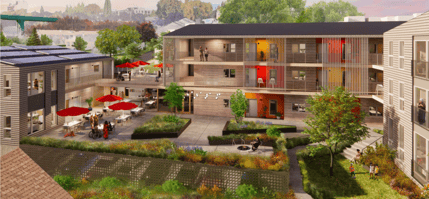
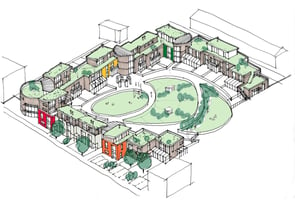
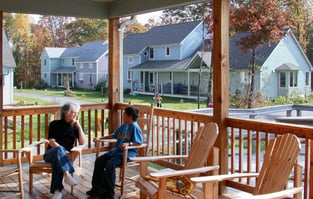
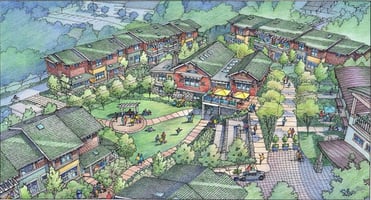
Phase 3: Lifelong ‘Aging in Place’ Cohousing
Aging in place supports the notion that everyone should be able to maintain a desirable lifestyle by participating in their communities, remaining as independent as their health allows, having access to educational, cultural, and recreational facilities, feeling safe, and living in an intergenerational environment.
Age segregation creates divides in society, contributing to ageism and depriving everyone of opportunities for intergenerational learning. We believe that communities can encourage intergenerational interactions to everyone’s benefit. Young people can facilitate seniors’ ability to age in place, while older adults can enrich the lives of the young and share their knowledge and skills.
Improving social support systems in communities can have a significant effect on population health. We will work with our local health care networks to implement transformative, innovative community-based approaches that results in decreasing the costs while improving the availability of health care as it moves from expensive hospital based medical interventions to more responsive, accountable community based care.
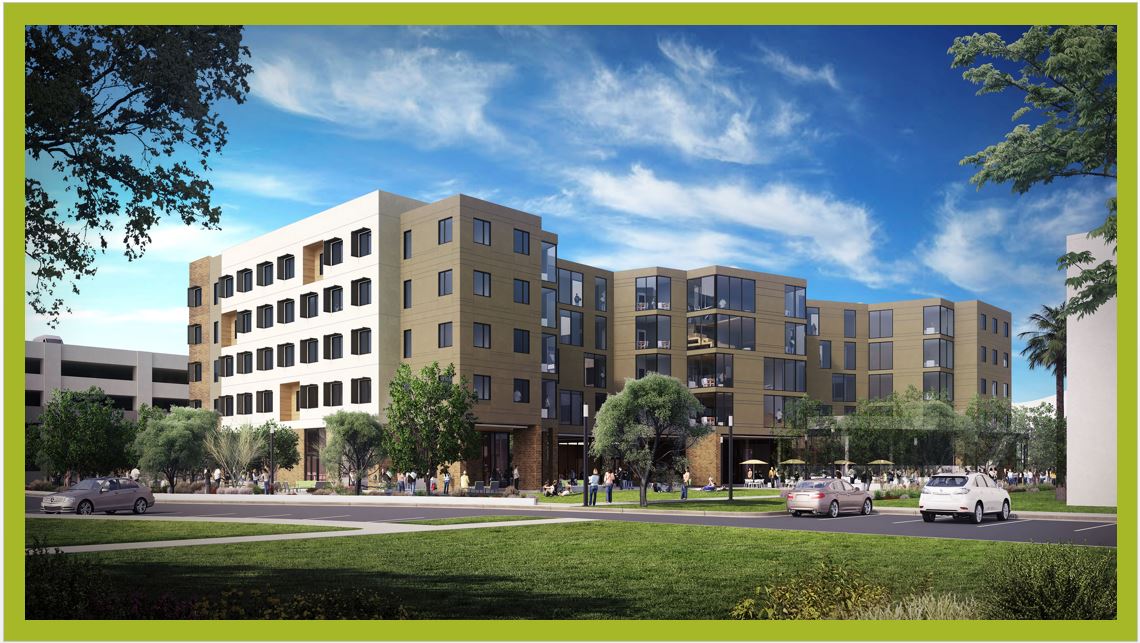
Submit Your Interest in Our Program
Are you interested in learning more about our Program? Fill out our Letter of Interest and we’ll contact you to discuss this program in detail and answer any questions.
CONTACT US